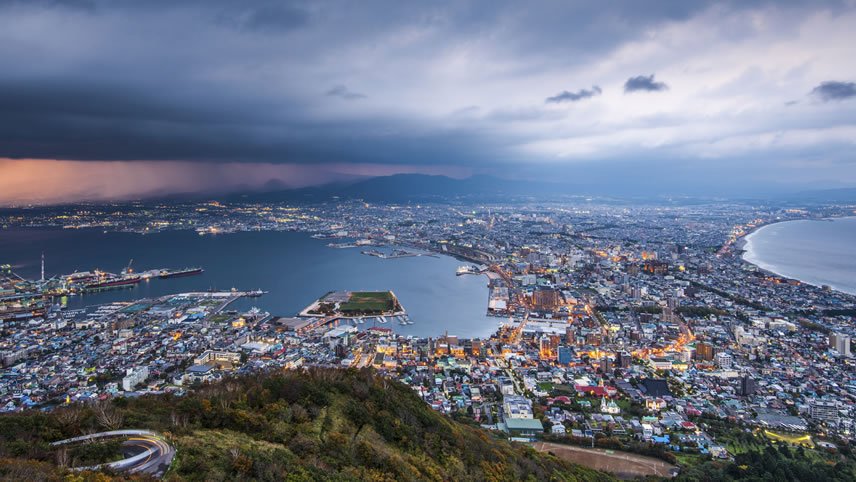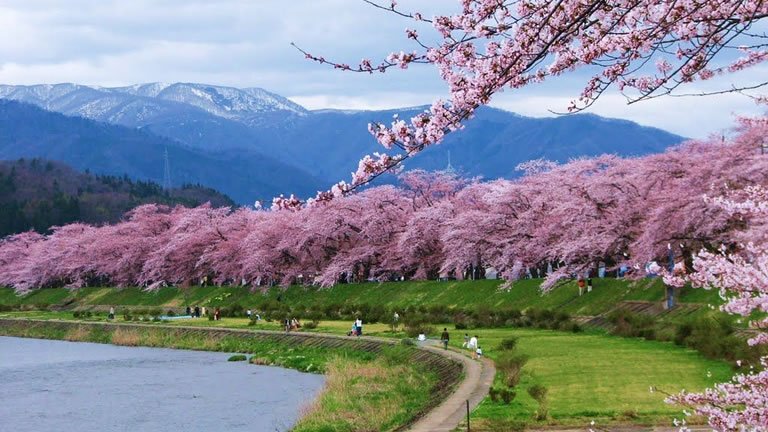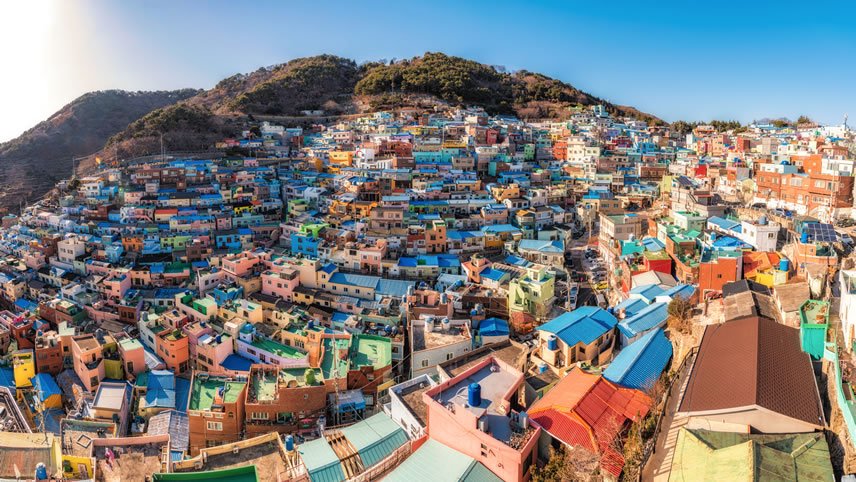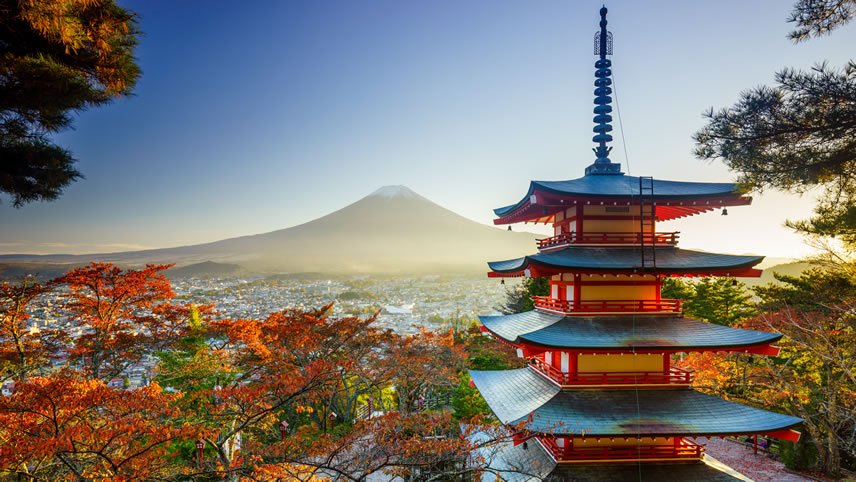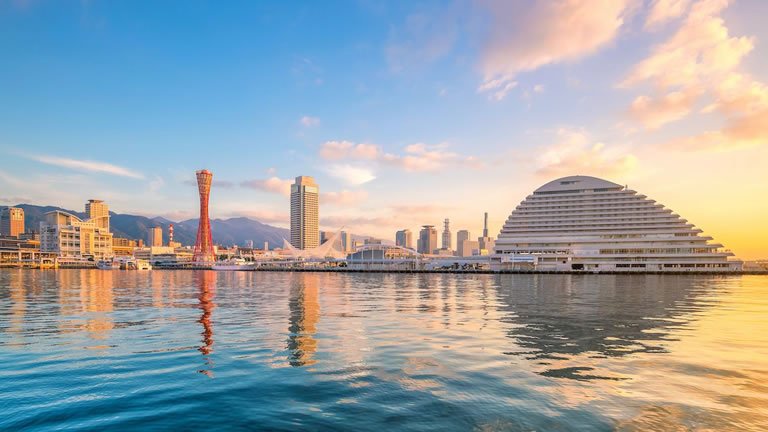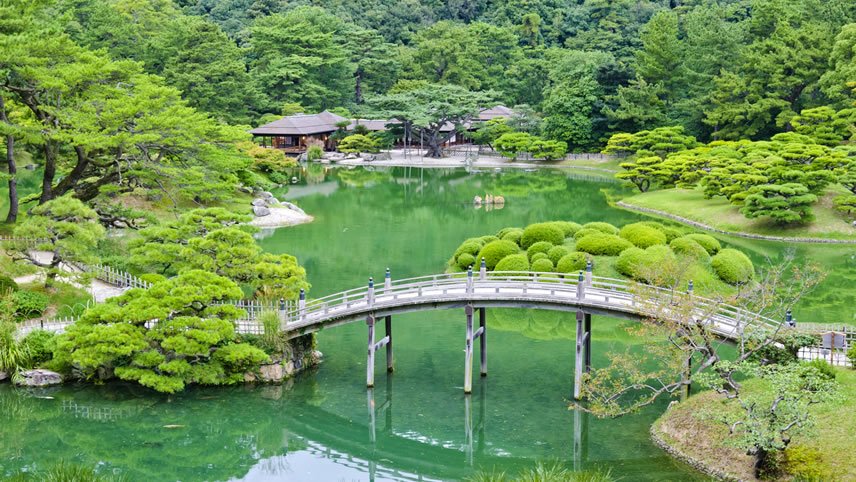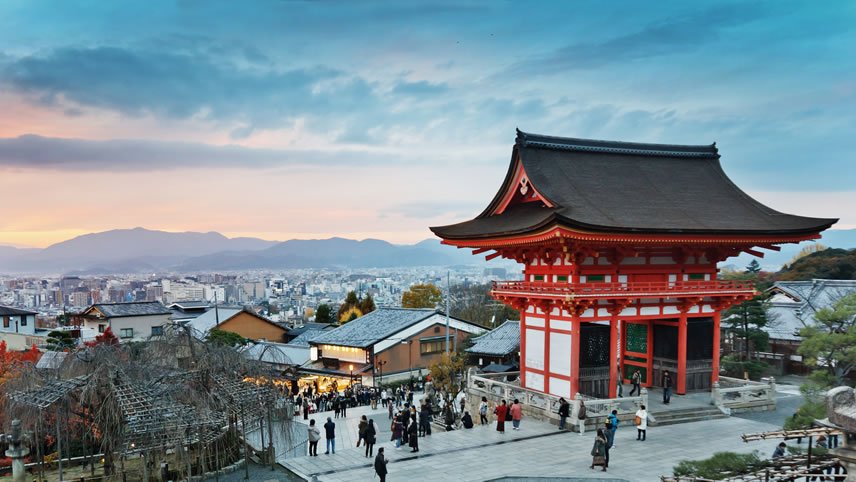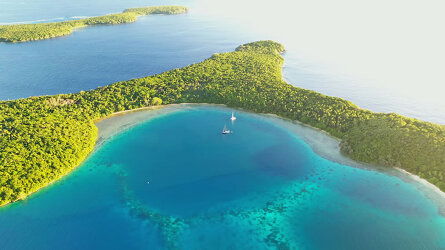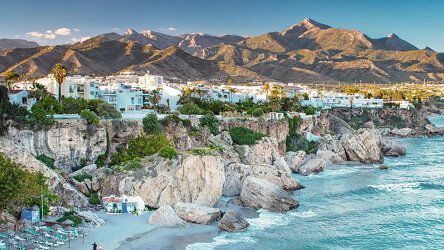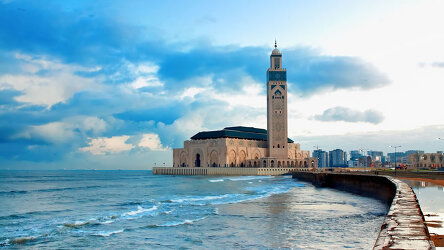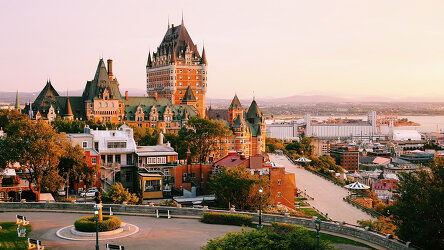Overview
Cruise Itinerary
Yokohama Port serves as a gateway for travelers heading to Tokyo, located approximately 30 kms (about 19 miles) north of the port. The journey to Tokyo can take around 30 to 45 minutes by train. The Osanbashi Yokohama International Passenger Terminal is the main docking site for cruise ships. The most efficient way to travel is by train, with the Minatomirai Line directly connecting Yokohama to Shibuya, a major hub in Tokyo. This allows visitors to easily access famous sights such as the Shibuya Crossing, Meiji Shrine, and the vibrant district of Shinjuku. Given the limited time typical of cruise stopovers, planning ahead to prioritize which attractions to visit is advisable.
Make yourself at home with delightful daily diversions that add to our fleet’s private yacht-like atmosphere. Embrace this moment and indulge – spending the day pampering yourself in the spa or soaking in a Pure Pampering ℠ bath drawn by your attentive suite host. Meditate upon the vast views that surround you from a yoga mat, the ship’s bow, or your private veranda.
Hakodate is one of the most popular city destinations in Japan. Here you can experience diverse dynastic architecture, the last Shogun battlefield and enjoy shimmering night views from Mount Hakodate. Located along Hokkaido's southwestern tip, you can immerse yourself in history within the star-shaped walls of Fort Goryokaku and explore the site of famous battles that transformed Japan.
Enjoy a mouth-watering seafood rice bowl (kaisen-don) from the Hakodate Morning Market and then relax with a soak in the Yunokawa hot springs on Hakodate's outskirts.
Akita is the capital of Akita Prefecture, which is renowned for Akita dogs, high-quality rice and sake, and lively folk festivals. Among the area's main attractions are its natural beauty of mountains and the sea, hot springs and the town of Kakunodate, which preserves one of Japan's most interesting samurai districts. Ships will dock at the Akita Port Cruise Terminal.
Top Things to Do in Akita:
- visit the Kakunodate Samurai District
- sample sake at a local brewery
- visit Lake Tazawa, Japan's deepest lake
- take in the view from Mt. Kanpuzan
Niigata, Japan, is known for its picturesque landscapes and rich cultural heritage. The Northern Culture Museum, a former wealthy landowner's estate, showcases traditional architecture and art. The beautiful gardens and tea houses provide a glimpse into Japan's historical opulence.
The Pier Bandai market offers the freshest seafood, with local vendors serving Niigata's renowned sushi and sashimi. Stroll along the Shinano River, Japan's longest river, to enjoy the serene views. The Bandai Bridge, a symbol of Niigata, provides a perfect photo opportunity and a peaceful walk.
Each Seabourn ship offers a choice of dining venues to suit your mood of the moment. All dining venues are complimentary, and nearly all are open-seating, inviting you to dine where, when, and with whom you wish. Complimentary fine wines are poured with lunch and dinner, and there is never an extra charge for any dining choice. You can even enjoy a meal in your suite or on your veranda.
The port of Tsuruga has long been a vital gateway for trade and cultural exchange. One of the city’s most poignant historical sites is the Tsuruga Red Brick Warehouse, which now serves as a museum highlighting Tsuruga’s role in welcoming Jewish refugees during World War II. The city is also home to Kehi Jingu Shrine, one of the oldest Shinto shrines in Japan, known for its majestic torii gate. Tsuruga’s waterfront is perfect for leisurely strolls, with beautiful views of the bay.
Sakaiminato, nestled on the western tip of Japan's Tottori Prefecture, serves as a gateway to the enchanting world of Japanese folklore and seafood delicacies. The city is renowned for its association with Mizuki Shigeru, the celebrated manga artist behind "GeGeGe no Kitaro," which is vividly brought to life along the Mizuki Shigeru Road, adorned with over 100 bronze statues of the series' characters.
For culinary adventurers, the Sakaiminato Fish Market offers a fresh glimpse into Japan's vibrant seafood culture, with opportunities to savor local specialties like crab and squid. Nearby, the Adachi Museum of Art, famous for its stunning Japanese gardens and impressive collection of contemporary Japanese paintings, offers a serene retreat for art lovers
Known for its beaches, mountains and temples, Busan is a large port city in South Korea. Enjoy the Haeundae Beach with its Sea Life Aquarium and Folk Square with traditional games such as tug-of-war or head to Gwangalli Beach for bars and views of modern Diamond Bridge.
Top Things to Do in Busan:
- Shop at Centum Shinsegae Department Store; the world’s largest!
- Enjoy the street art and food on a walking tour of the pastel-coloured Gamcheon Village.
- Explore Haedong Yonggungsa Temple and grounds, located at the top of a huge rock rising from the ocean
- Visit the UNESCO World Cultural Heritage area Gyeongju, south east of the city.
The Kanmon Straits, a narrow passage between Japan's Honshu and Kyushu islands are steeped in history and natural beauty. This strategic waterway, bridged overhead and tunneled beneath, connects the Sea of Japan with the Inland Sea. Some 700 ships pass through it on a daily basis and underground tunnels allow both cars and pedestrians to walk between the two ports. Japan’s largest fireworks display also takes place over the strait every August, drawing more than a million sky gazers to watch the spectacular.
The strait has long played an important role in Japanese maritime history; the Shimonoseki Campaign - a series of military engagements with the US and other navies that took place here in the 1860s - ended Japanese feudal rule over the region, thus opening Japan to the West and transforming it into an international trading hub.
Each Seabourn ship offers a choice of dining venues to suit your mood of the moment. All dining venues are complimentary, and nearly all are open-seating, inviting you to dine where, when, and with whom you wish. Complimentary fine wines are poured with lunch and dinner, and there is never an extra charge for any dining choice. You can even enjoy a meal in your suite or on your veranda.
Takamatsu, the serene gateway to Shikoku Island, Japan, invites visitors to explore its lush Ritsurin Garden, a landscape masterpiece with six ponds and thirteen hills designed during the Edo Period. The garden's tranquility contrasts with the bustling Tamamo Park, home to the historical Takamatsu Castle, which uniquely utilizes seawater in its moat.
Delve into the culinary heart of Takamatsu at one of its udon noodle shops, celebrated for their distinctive Sanuki Udon. Art enthusiasts will appreciate the city's proximity to Naoshima Island, known for its modern art museums and installations, easily accessible for a fulfilling day trip. Takamatsu offers a blend of cultural experiences and scenic beauty, perfect for those looking to immerse themselves in authentic Japanese culture.
Kyoto, Japan's former imperial capital, is renowned for its classical temples, traditional wooden houses, and beautiful gardens. Begin your exploration at Fushimi Inari Shrine, famous for its thousands of red torii gates. Next, head to Kinkaku-ji, the Golden Pavilion, a stunning Zen temple whose top two floors are completely covered in gold leaf.
For a taste of traditional culture, visit the Gion district, where you might glimpse geishas in their exquisite kimonos. Don’t forget to indulge in Kyoto’s renowned cuisine, including matcha-flavored treats and kaiseki, a multi-course dining experience.
Kobe is a maritime gateway to one of Japan's most metropolitan cities. Mt. Rokko dominates the skyline - from the summit, you can glimpse one of the best views in all Japan. Of course, Kobe's also famous for breeding Wagyu cows that produce some of the highest-quality beef in the world!
Top Things to Do in Kobe:
- visit historic Himeji Castle, a huge edifice built entirely of wood and tiles
- enjoy a hot spring bath in Arima Onsen
- hang out with the locals at Nankingmachi Square, home to street-style Kobe beef à la carte
Life Onboard Seabourn Quest
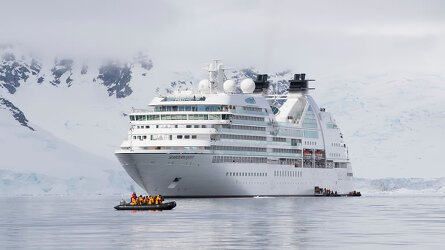
Feel the intimacy of ultra luxe small ship cruising, with your choice of just 229 spacious ocean facing suites. Read more
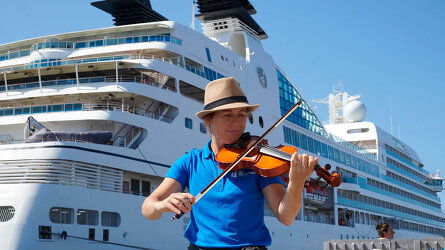
Seabourn pride themselves on their exceptionally sincere and intuitive service; your every need is anticipated. Read more
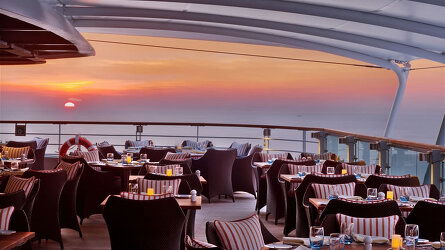
Serving freshly prepared meals á la minute with the finest ingredients and wines, your dining and beverages are complimentary. Read more
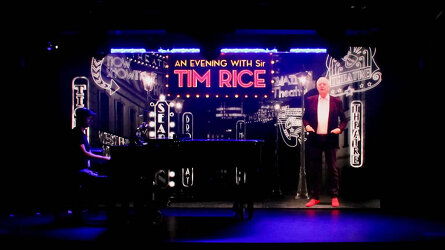
Specialist lectures and cooking demonstrations fill your days while your nights are for live shows and lots of dancing. Read more

Join the fleet-wide Mindful Living Program, the exclusive holistic spa and wellness experience that enhances your well-being. Read more
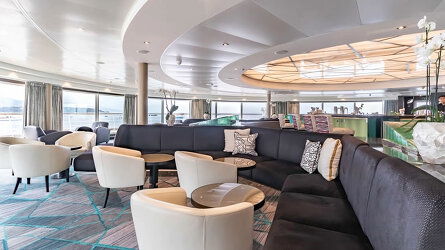
Floor to ceiling windows and graceful curved walls encourage natural light inside, while outside the endless views take your gaze. Read more
Brochure

Seabourn Luxury Ocean Voyages & Expeditions (2023-25)
Availability Click on prices below to view cabin upgrades and details
Tour & cruises prices are per person. Prices shown have savings applied, are subject to availability and may be withdrawn at any time without notice. Pricing and trip details are correct at this point in time, however are subject to confirmation at the time of booking and are subject to change by Seabourn. For cruise itineraries, cabin images are sourced from Seabourn. These should be treated as indicative only. Cabin inclusions, upholsteries and room layout may differ to the image(s) shown depending on the ship selected and your sailing dates.
